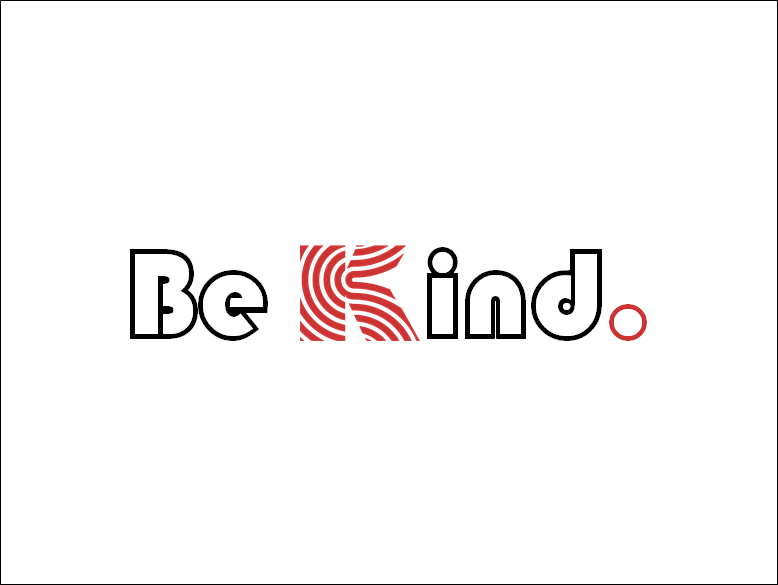Twenty-six percent of workers in the United States are preparing to look for new employment opportunities, according to a McKinsey & Co. report, and 40 percent of workers globally are considering leaving their current employers by the end of the year.
Maybe one of those workers is you. Before you take the leap, let me just say: Hold on a minute.
Although with the current talent shortage there are many opportunities, especially for experienced leaders, you still need to do the work to find the opportunity that’s right for you. Here are some tips for getting it done.
STEP 1: Take inventory. Allocate some time to get clear about who you are and want you want, so that you can control your career rather than it controlling you. Think about what you bring to the table, what you like and don’t like, and what a fulfilling “next step” looks like. Here are some things to include in your inventory:
- Skills
- Values
- Natural talents
- Interests
- Preferred work environment
- Key accomplishments
- Salary requirements
Completing an inventory will take some time. However, you will be amazed at how much you will learn about yourself, and how the resulting personal career snapshot will guide you to “what’s next.”
STEP 2: Create a plan. This step involves transforming what you learned about yourself in the Inventory step into a distinct vision that clearly articulates your unique value, and a written plan to help you realize that vision. Think about where you want to be a year from now, three years from now. What do you need to do or learn to get there? What opportunities can you pursue right now that will help advance you on that journey? Do some research and write down 3-5 opportunities that align with your skills, values, interests and experience and that map to your vision.
STEP 3: Create your campaign. This involves defining how you are going to position yourself in networking conversations, informational interviews, and job interviews. It’s your “elevator pitch.” It needs to be concise and compelling. It needs to tell the listener, very quickly and very succinctly who you are and what you are looking for. Your elevator pitch might change based on your audience, so practice multiple ways of presenting “who you are.”
Creating your campaign also involves developing an up-to-date resume. Chances are, if you’ve been in your current role/at your current company for a while your resume is sorely out of date. Build a resume that reflects your unique talents and that focuses on achievements. Remember that it should be forward-looking, highlighting skills and accomplishments that demonstrate your ability to perform your target position.
And remember, always be thinking “what’s next?” When you land an opportunity, don’t allow yourself to become complacent. What additional skills and competencies do you need to grow in that position and to prepare for the one after that? Stay current!
Till next time, keep it real.
Karen









